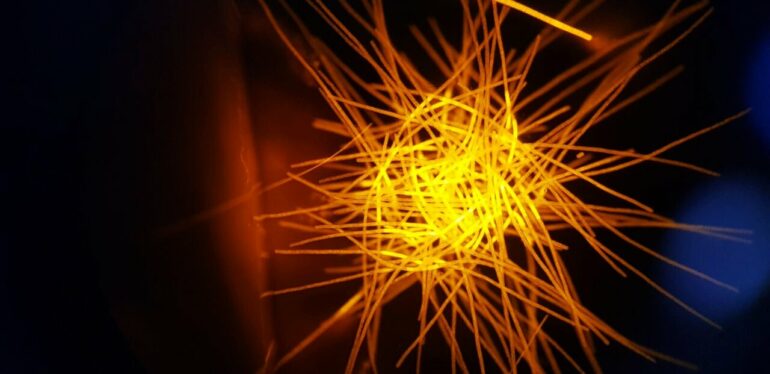A new study recently published in The ISME journal has revealed that diazotrophs, a group of marine cyanobacteria that are able to convert nitrogen gas (N2) from the atmosphere into nutrients for primary producers in the ocean, contribute directly to the carbon export and sequestration on the seafloor.
The results of this work lead by the French Mediterranean Institute of Oceanography (MIO), carried out as part of the TONGA ocean expedition, represent a major paradigm shift, since until now, it was known that these microorganisms “recycled” the CO2 captured from the atmosphere, but the experts were unaware that they also took the CO2 with them when they die and sank, as do the rest of the phytoplankton (i.e., plant plankton).
“This process is known as the biological carbon pump, and until now was attributed mainly to phytoplankton, which converts CO2 into organic matter during the photosynthesis. When it dies, the carbon sinks with these microorganisms, storing on the seabed approximately twice as much carbon as is currently found in the atmosphere,” explains Francisco Cornejo, researcher at the Institut de Ciències del Mar (ICM-CSIC) and one of the authors of the study.
In turn, organisms at higher levels of the marine food web use the same organic matter to survive, thus ensuring the functioning of the entire oceanic system. In fact, thanks to the biological carbon pump, the ocean is considered a carbon sink.
Shifting the paradigm
The results of the study published now have important implications for science because, at present, global biogeochemical models (i.e., the tools used to make predictions about the evolution and fluxes of carbon on the planet) do not take into account the direct contribution of diazotrophs in this process.
“Our results will provide us with a more accurate picture of carbon fluxes in the ocean, which is particularly relevant at a time when climate models predict an expansion of nitrogen-poor zones, where diazotrophs thrive,” states the MIO researcher Sophie Bonnet, who initiated this collaborative study.
To carry out their study, researchers collected hundreds of samples with sediment traps installed at different depths during a campaign in the South Pacific, which were later analyzed using microscopy, sequencing and DNA quantification techniques.
Thanks to this, they noticed that the particles that sink from the surface to the seabed, in addition to phytoplankton organisms, contain a great quantity and diversity of these diazotrophs. All this has made it possible to quantify, for the first time, the role of these microorganisms in the global biological carbon pump.
For future research, experts will try to delve deeper into the role of diazotrophs in the biological carbon pump, paying special attention to the routes that these microorganisms undergo during their sinking in the different oceanic regions.
More information:
Sophie Bonnet et al, Diazotrophs are overlooked contributors to carbon and nitrogen export to the deep ocean, The ISME Journal (2022). DOI: 10.1038/s41396-022-01319-3
Provided by
Institut de Ciències del Mar (ICM-CSIC)
Citation:
Diazotrophs are overlooked contributors to carbon and nitrogen export to the deep ocean (2022, October 17)



